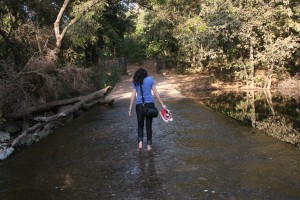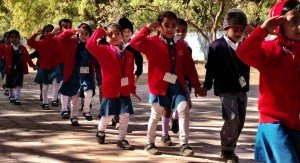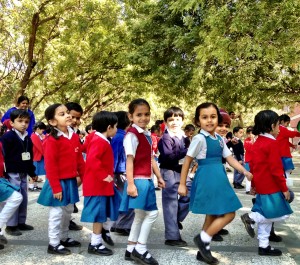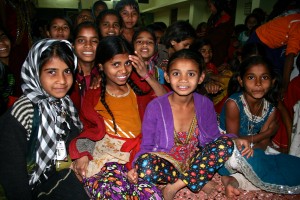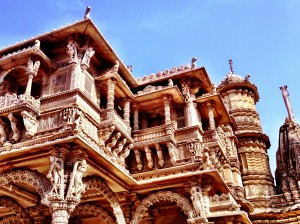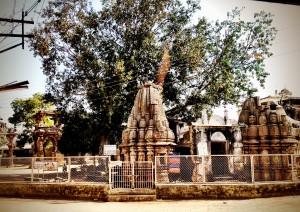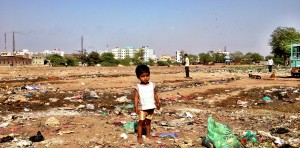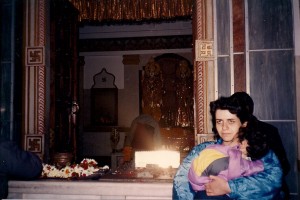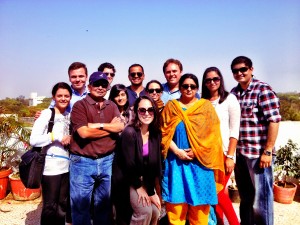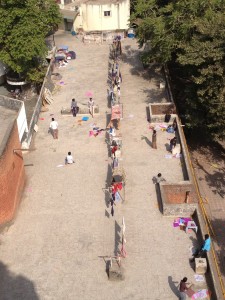Although each of us on the journey to Gujarat had their own unique reasons for participation, the core of mine lied in my quest to learn whether I had the capability to take on the role of an academic researcher, working on the field. It was a role I had never participated in and one I wanted to make sure I had the capacity to do before pursuing it in the future. To be honest, what better exposure than 15 hour days hopping from interview to interview. None of it even registered until I arrived back in the states, but it was so integral to my academic career without me even realizing it. Every day, whether in the formal or informal setting, we met numerous people in different key roles working on multiple levels on multiple issues. Each day involved learning a key and unique aspect of conducting interviews, conducting research, participating in a group setting and laying the foundation to your individual research
The fruits of the skills I learned, some through mitosis it feels, weren’t realized by me personally until I was in New York City observing a UN Conference on Arms Trade Treaty Negotiations. I managed to utilize the skills I had learned in India to participate in interviews and discussions with a lot of different key stakeholders involved in the negotiations and the treaty. Without even realizing it, I was observing more than what was being said, but how it was being said and by whom. All of this ultimately culminated into an internship opportunity, which to be honest I doubt would have happened had it not been for the imperative skills I learned in India. The few short weeks spent there have turned out to have a huge positive impact on so many different parts of my academic, professional and personal life. So as we discuss the various definitions of development, I can’t help but think of the role India played on my personal development in such a short span.

